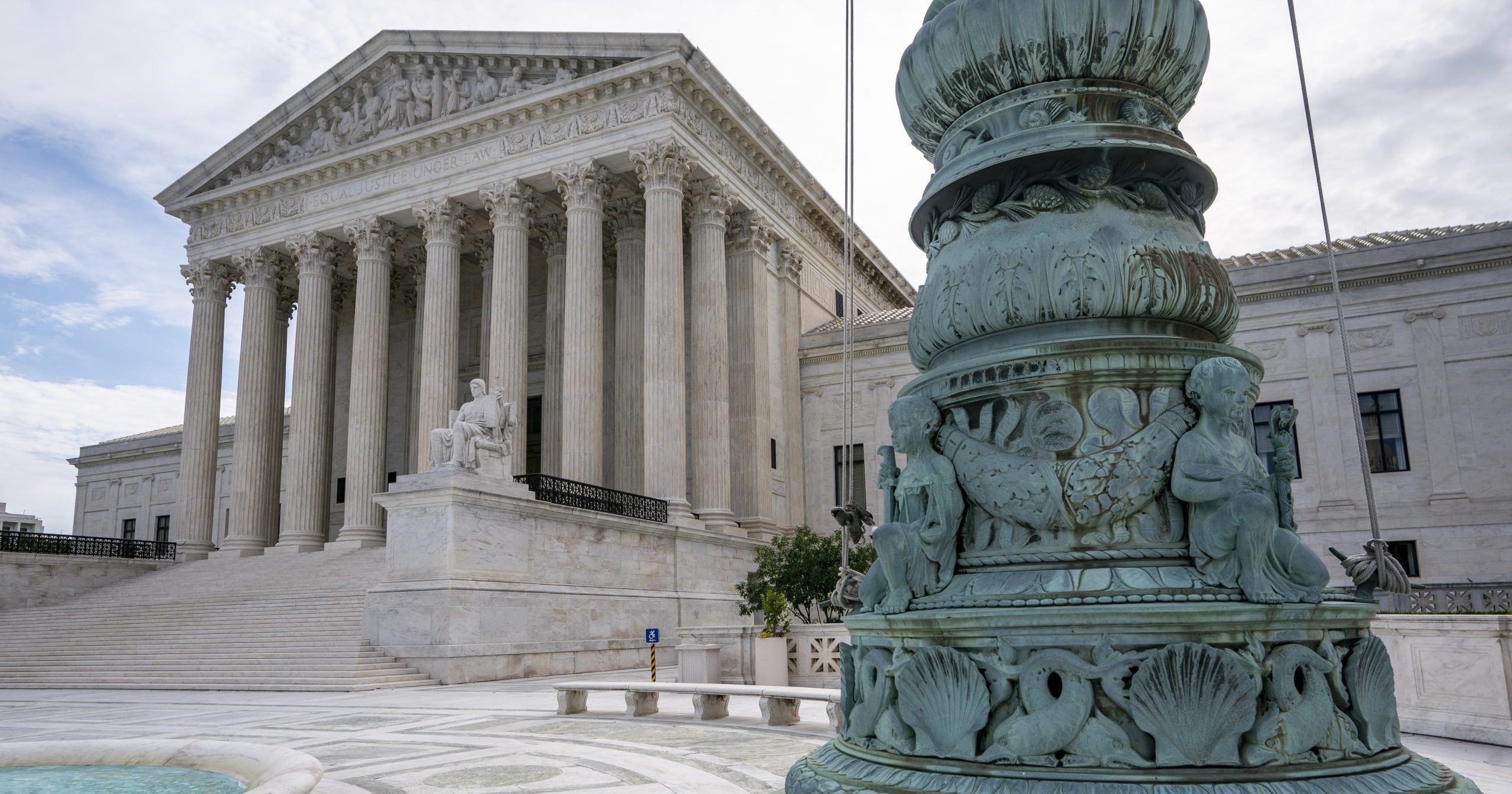
Supreme Court Stuns with Immigration Decision
The Supreme Court on Thursday rejected President Donald Trump’s effort to end legal protections for 650,000 young illegal immigrants, a stunning rebuke to the president in the midst of his re-election campaign.
For now, those immigrants retain their protection from deportation and their authorization to work in the United States.
The outcome seems certain to elevate the issue in Trump’s campaign, given the anti-illegal immigration rhetoric of his first presidential run in 2016 and restrictions on illegal immigration his administration has imposed since then.
The justices rejected administration arguments that the 8-year-old Deferred Action for Childhood Arrivals Program is illegal and that courts have no role to play in reviewing the decision to end DACA.
Chief Justice John Roberts, joined by his four liberal colleagues, wrote for the court that the administration did not pursue the end of the program properly.
“We do not decide whether DACA or its rescission are sound policies,“ Roberts wrote. “We address only whether the agency complied with the procedural requirement that it provide a reasoned explanation for its action. Here the agency failed to consider the conspicuous issues of whether to retain forbearance and what if anything to do about the hardship to DACA recipients.”
The Department of Homeland Security can try again, he wrote.
The court’s four conservative justices dissented. Justice Clarence Thomas, in a dissent joined by Justices Samuel Alito and Neil Gorsuch, wrote that DACA was illegal from the moment it was created under the Obama administration in 2012.
Justice Brett Kavanaugh wrote in a separate dissent that he was satisfied that the administration acted appropriately in trying to end the program.
DACA covers people who have been in the United States since they were children and are in the country illegally.
The program grew out of an impasse over a comprehensive immigration bill between Congress and the Obama administration in 2012. President Barack Obama decided to formally protect people from deportation while also allowing them to work legally in the U.S.
But Trump made tough talk on illegal immigration a central part of his campaign, and less than eight months after taking office, he announced in September 2017 that he would end DACA.
Immigrants, progressive groups, universities and Democratic-led states quickly sued, and courts put the administration’s plan on hold.
The Department of Homeland Security has continued to process two-year DACA renewals so that hundreds of thousands of DACA recipients have protections stretching beyond the election and even into 2022.
The Supreme Court fight over DACA played out in a kind of legal slow motion. The administration first wanted the justices to hear and decide the case by June 2018. The justices said no.
The Justice Department returned to the court later in 2018, but the justices did nothing for more than seven months before agreeing a year ago to hear arguments. Those took place in November and more than seven months elapsed before the court’s decision.
The Western Journal has reviewed this Associated Press story and may have altered it prior to publication to ensure that it meets our editorial standards.
Truth and Accuracy
We are committed to truth and accuracy in all of our journalism. Read our editorial standards.
Advertise with The Western Journal and reach millions of highly engaged readers, while supporting our work. Advertise Today.












